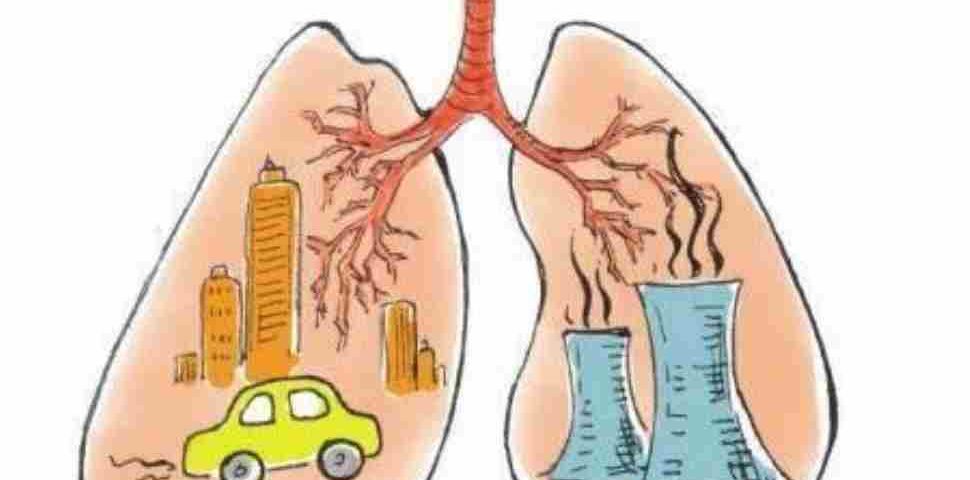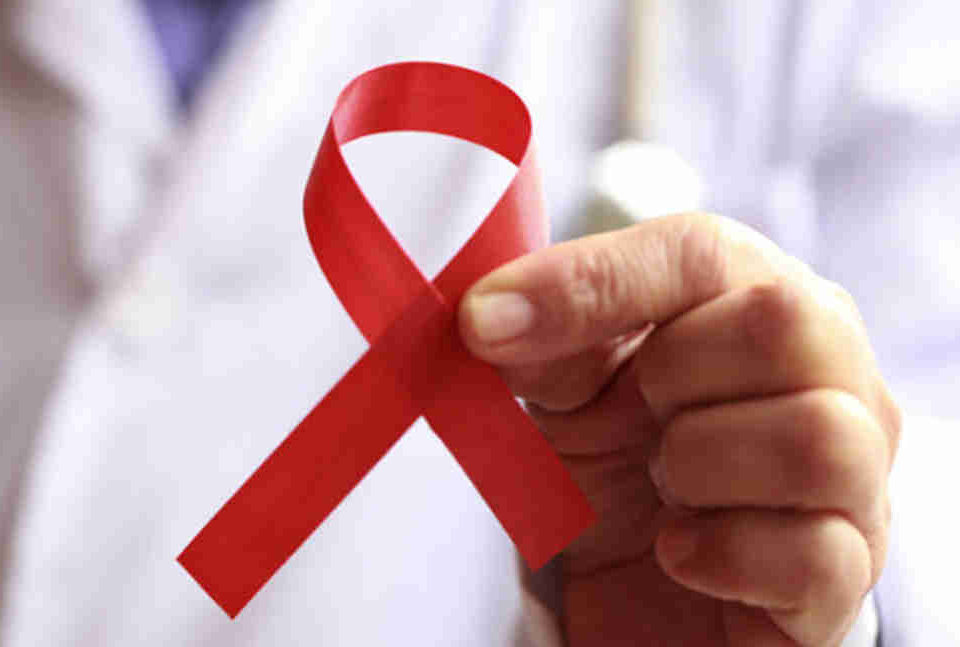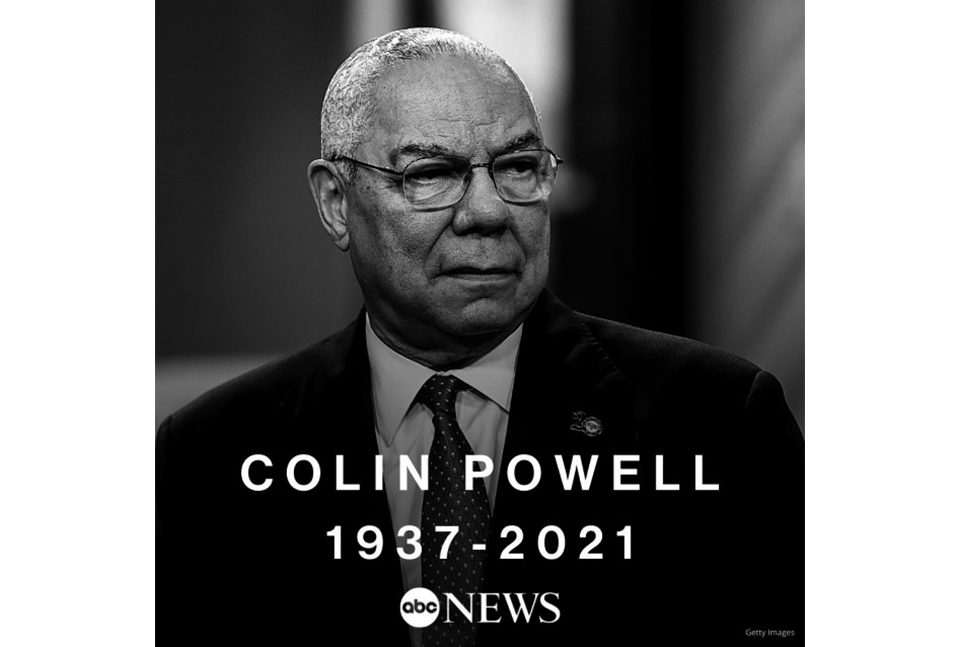- 如有疑问,请联系电邮
- customer@ihealth66.com
USNEWS:关于肺癌你不知道的7件事

最新临床试验:联合化疗是否联用替西罗莫司对中危横纹肌肉瘤的疗效对比
2019年4月8日
USNEWS:女性如何来降低肺癌死亡的风险?
2019年4月10日By Samantha Costa
任何人都可能得肺癌。
辛西娅·西格弗里德(Cynthia Siegfried)的丈夫吉姆(Jim) 2002年被诊断出肺癌时,这对来自田纳西州日耳曼敦(Germantown)的夫妇对肺癌知之甚少。“令我惊讶的一件事是,15%的肺癌患者从不吸烟。我不知道,我想大多数人都抽烟,”辛西娅说。当时56岁的吉姆在确诊的那天早上跑了5英里。博士。芝加哥拉什大学(Rush University)医学中心血液学和肿瘤学系主任菲利普•博诺米(Philip Bonomi)说,大多数人没有意识到,他们只要有肺部,就可能得肺癌。在11月的肺癌宣传月期间,还有6件关于肺癌你可能不知道的事情:
肺癌有很多种类型
大约15%的肺癌被认为是小细胞肺癌,85%是非小细胞肺癌,包括:腺癌、鳞状细胞肺癌和大细胞肺癌。小细胞肺癌是一种生长较快的疾病,而非小细胞肺癌的传播较慢,可以通过手术和其他治疗手段更成功地治疗。专家认为肺癌是由基因突变引起的,基因突变改变了细胞分裂的方式,并影响癌症是否扩散到身体的其他部位以及对治疗的反应。“我不知道发生了什么,”齐格弗里德说。“你从一种(癌症)开始,最终可能会患上另一种。”
症状并不总是存在的
现年56岁的凯伦·洛斯(Karen Loss)住在弗吉尼亚州的麦克莱恩(McLean)。2012年,她“意外”被诊断出患有4级肺癌。她定期去做了一次检查,以确定自己是否有肠胃问题,结果却发现她的肝脏和右肺都有恶性肿瘤。她没有任何症状。然而,那些出现症状的人,可能会经历咳嗽加重或持续不退;咳血不止;呼吸困难;喘息;胸部、上背部或肩膀的疼痛不会消失;无法解释的体重减轻和感到异常疲倦。
死于肺癌的女性比死于其他任何癌症的女性都多
肺癌自1987年以来夺去的生命是乳腺癌的两倍。目前还不清楚为什么女性比其他癌症更普遍。研究表明,一些癌症的基因成分可能会使家庭成员面临风险。然而,博诺米说,目前还不清楚肺癌中是否发生了同样类型的遗传基因突变。“没有我们在乳腺癌、卵巢癌或结肠癌中看到的那种强烈的基因突变。但是,如果你的家人确实患有肺癌,那么患肺癌的风险就会略有增加。”博诺米说。
靶向治疗存在
靶向治疗——或精准医疗——锁定与肺癌相关的特定基因突变。据美国国家癌症研究所(National Cancer Institute)称,研究这些疗法的临床试验正在进行中,其中多项已经获得美国食品和药物管理局(Food and Drug Administration)的批准。多亏了这些新疗法,许多肺癌患者现在正在经历缓解期——就在10年前,这还被认为是不可能的。例如,一项研究表明,服用Opdivo(药物损失)可将肺癌患者的死亡风险降低41%。
生者还有希望
博诺米说,尽管在过去10年里取得了进展,但他仍然必须告诉病人,只有17%的肺癌病人能在确诊后存活5年。这一统计数字自20世纪70年代以来没有改变过。《穿越癌症之地:旅途来信》(Trekking through Cancerland: Letters from the Journey)的作者洛斯(Loss)正在接受为期三年的生存指导,目前正在服用Opdivo。齐格弗里德的丈夫吉姆也是一位幸存者。洛斯说:“我认为,在过去三到四年里,在研究、药物和临床试验方面发生了很多事情,这是因为越来越多的病人开始积极参与宣传。”
护理人员也需要支持
任何癌症都是一个沉重的负担。从护理人员的角度来看,齐格弗里德说:“你学到了很多,而且学得很快。你一开始知道的很少。我对肺癌一无所知。在她的书中,她讨论了照顾所爱之人的情感层面,以及为可能失去他或她做好准备所带来的悲伤。在吉姆被诊断出患有肺癌时,当地还没有支持肺癌的组织,所以她成立了自己的组织:f.a.i.t.H。她说:“照顾者不能真正与他们照顾的人分享他们的感受,但你需要某种发泄方式。”
Anyone can get lung cancer.
When Cynthia Siegfried’s husband, Jim, was diagnosed with lung cancer in 2002, the Germantown, Tennessee, couple didn’t know much about the disease. “One of the things that surprised me was that 15 percent of people who get lung cancer never smoked. I didn’t know that. I figured most people smoked,” Cynthia says. Jim, who was 56 at the time, ran five miles the morning he was diagnosed. As Dr. Philip Bonomi, director of the division of hematology and oncology at Rush University Medical Center in Chicago, says, most people don’t realize they only need lungs to get lung cancer. During November’s Lung Cancer Awareness Month, here are six more things you may not know about the disease:
There are many types of lung cancer.
About 15 percent of all lung cancers are considered small cell lung cancer, and 85 percent are non-small cell lung cancer, including: adenocarcinoma, squamous cell lung cancer and large cell lung cancer. Small cell lung cancers are faster-growing forms of the disease, while non-small cell lung cancer spreads less aggressively and can be treated more successfully with surgery and other treatments. Experts believe lung cancer is caused by genetic mutations that change the way cells divide and affect whether the cancer spreads to other parts of the body and how it reacts to treatments. “I didn’t know that happened,” Siegfried says. “You start off with one [type of cancer] and can end up with another.”
There aren’t always symptoms.
Karen Loss, 56, of McLean, Virginia, put early-stage uterine and ovarian cancers behind her 16 years before she was diagnosed “by accident” with stage 4 lung cancer in 2012. She went in for a regular check-up to determine if she was having gastrointestinal problems, only to find her liver and right lung harbored cancerous tumors. She had no symptoms. Those who do develop symptoms, however, may experience a cough that gets worse or doesn’t go away; blood with their cough; difficulty breathing; wheezing; chest, upper back or shoulder pain that doesn’t go away; unexplained weight loss and feeling unusually tired.
It kills more women than any other cancer.
Lung cancer is to blame for taking twice as many lives as breast cancersince 1987, according to the LUNGevity Foundation. It’s unclear why it is more prevalent in women than other cancers. Research has shown that some cancers can have a genetic component that puts family members at risk. However, it’s unclear if the same type of inherited gene mutation happens in lung cancer, Bonomi says. “There’s no strong gene mutations like we see in breast cancer, ovarian or colon cancer. But if you do have a family member with lung cancer, there’s a slight increased risk of getting lung cancer,” Bonomi says.
Targeted therapies exist.
Targeted therapies – or precision medicine – home in on the specific genetic mutations associated with lung cancer. There are clinical trials underway to study these therapies, and nine have already been approved by the Food and Drug Administration, according to the National Cancer Institute. Thanks to these new therapies, many lung cancer patients are now experiencing remission – something thought impossible just 10 years ago. One study, for example, showed that Opdivo – the drug Loss is taking – decreases the risk for death among lung cancer patients by 41 percent.
There is hope in survivorship.
Despite advances in the last 10 years, Bonomi says he still has to inform patients that only 17 percent of lung cancer patients survive five years beyond diagnosis – a statistic that hasn’t changed since the 1970s. Loss, author of “Trekking through Cancerland: Letters from the Journey,” is going on three years of survivorship and currently takes Opdivo. Siegfried’s husband, Jim, is also a survivor. “I think the fact that a lot has been happening in the last three to four years in research, drugs and clinical trials is because more patients are becoming very involved in advocacy,” Loss says.
Caregivers need support, too.
Any cancer can be a heavy burden to bear. From a caregiver’s perspective, Siegfried says: “You learn a lot, and fast. You start off knowing very little. I was painfully ignorant about lung cancer.” In her book, she discusses the emotional aspect of caring for a loved one and the grief that comes with preparing yourself for potentially losing him or her. At the time of Jim’s diagnosis, there were no local support groups for lung cancer, so she formed her own: f.a.i.t.H. “Caregivers can’t really share their feelings with the person they’re taking care of, but you need some sort of an outlet,” she says.





